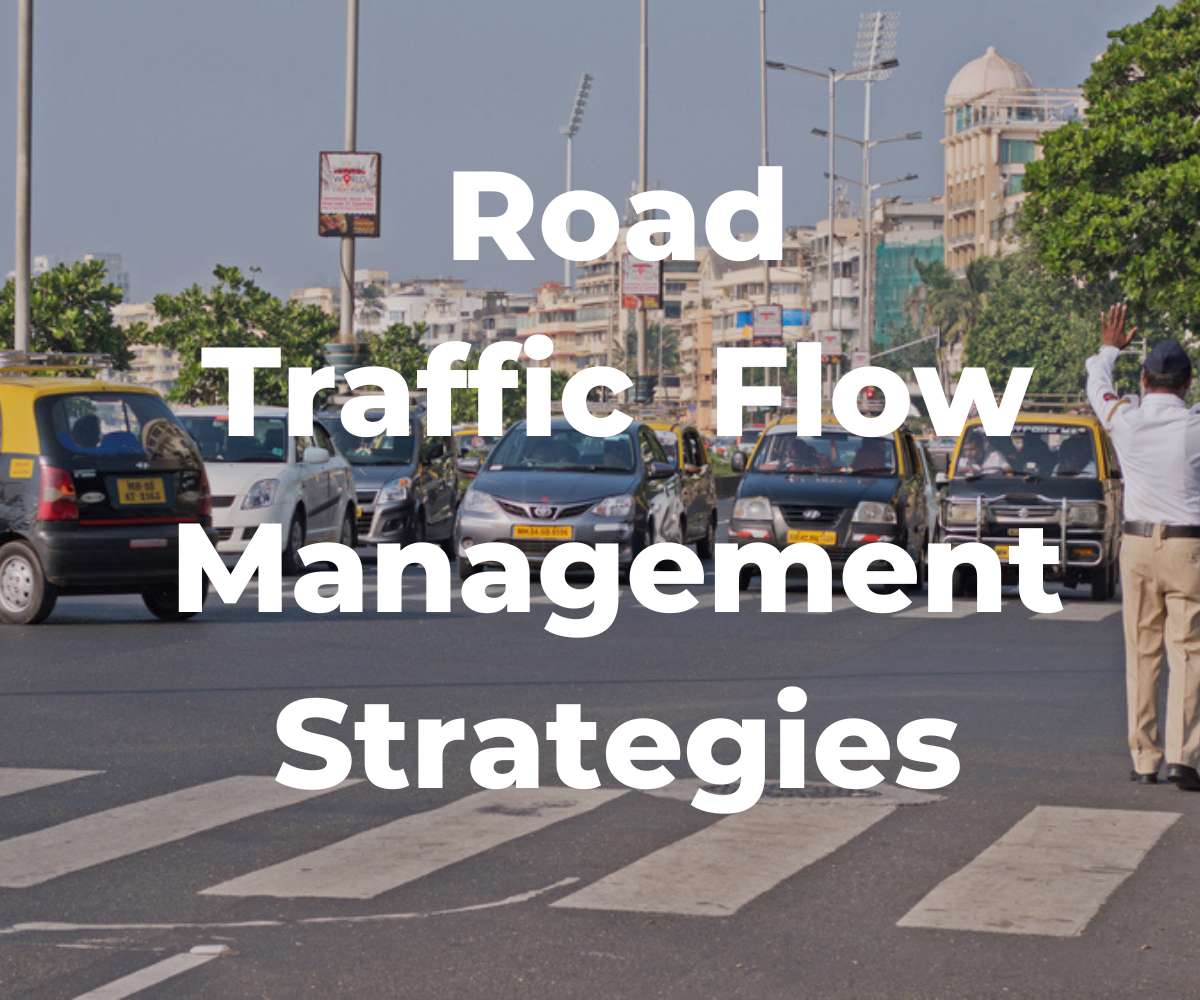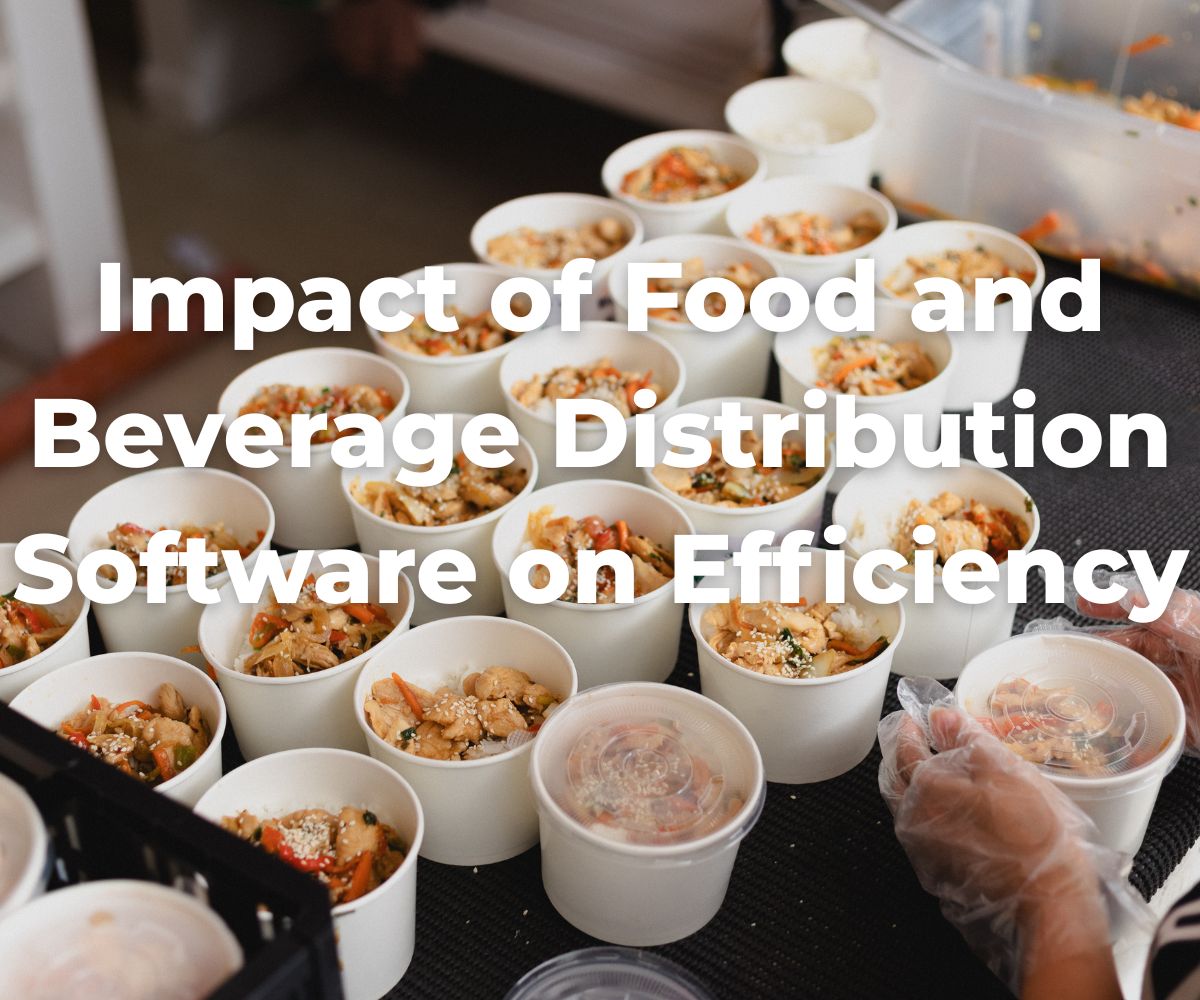road traffic flow management strategies
Description
Order in Motion: Mastering Traffic Flow
The Importance of Traffic Flow Management
Traffic flow management involves the systematic control and organization of vehicular movement to maintain a steady flow of traffic and prevent bottlenecks or gridlocks. By implementing effective traffic flow strategies, cities can improve commute times, reduce emissions, and enhance the overall efficiency of transportation networks.
Understanding Traffic Patterns
To master traffic flow, it's crucial to understand traffic patterns and behaviors that influence the movement of vehicles on roadways. Factors such as peak hours, commuter routes, intersections, and traffic signals all contribute to the dynamics of traffic flow. By analyzing these patterns, transportation planners can design interventions to optimize traffic movement and alleviate congestion.
Strategies for Optimizing Traffic Flow
Achieving smooth traffic flow requires a combination of infrastructure improvements, technology integration, and proactive management strategies. Here are some key approaches to mastering traffic flow:
â— Intelligent Traffic Signal Systems: Implementing intelligent traffic signal systems that adjust signal timing based on real-time traffic conditions can significantly reduce delays and improve traffic flow at intersections. Adaptive signal control technologies help prioritize main traffic arteries and minimize unnecessary stops.
â— Lane Management and Road Design: Proper lane management, including the designation of turning lanes, bus lanes, and carpool lanes, helps streamline traffic flow and enhance safety. Well-designed road layouts, clear signage, and road markings contribute to efficient lane utilization and smoother traffic transitions.
â— Public Transportation Integration: Encouraging the use of public transportation and promoting multi-modal options can reduce the number of private vehicles on the road, thereby easing traffic congestion. Coordinated schedules, transit-oriented development, and park-and-ride facilities support a more sustainable and efficient transportation system.
â— Traffic Monitoring and Data Analysis: Utilizing traffic monitoring tools, such as cameras, sensors, and GPS tracking, enables transportation agencies to gather real-time data on traffic conditions and identify congestion hotspots. Data-driven analysis helps in making informed decisions to optimize traffic flow and implement targeted interventions.
Sustainable Mobility Solutions
In addition to optimizing traffic flow, prioritizing sustainable mobility solutions is essential for long-term traffic management. Investing in bike lanes, pedestrian infrastructure, electric vehicle charging stations, and smart mobility initiatives can reduce reliance on cars, lower emissions, and promote eco-friendly modes of transportation.
Enhancing Traffic Management with Light Bars for Trucks
In the quest for achieving optimal traffic flow and enhancing road safety, integrating light bars for trucks emerges as a pivotal strategy. Trucks, being significant contributors to road traffic, especially in urban and industrial areas, can benefit immensely from the use of LED light bars. These light bars not only improve the visibility of trucks during day and night, ensuring safer navigation through traffic, but also serve as an effective means of communication with other road users.
By incorporating different light patterns and colors, trucks can signal their intentions, such as slowing down, turning, or emergency stop, thus contributing to smoother traffic flow and reducing the risk of accidents. Furthermore, light bars can be instrumental during traffic management operations, helping to guide traffic around construction sites, accidents, or other temporary disruptions. This enhancement in truck visibility and communication aligns with broader traffic management strategies, facilitating a safer and more efficient transportation environment.
Collaborative Traffic Management
Mastering traffic flow is a collaborative effort that requires coordination among transportation authorities, urban planners, engineers, and the community. By engaging stakeholders, fostering public awareness, and soliciting feedback from road users, cities can develop comprehensive traffic management strategies that prioritize safety, efficiency, and sustainability.
By mastering traffic flow through strategic planning, innovative technologies, and community involvement, cities can create dynamic and efficient transportation systems that benefit residents and visitors alike. Optimizing traffic flow not only enhances mobility but also contributes to economic vitality, environmental sustainability, and overall quality of life. Remember, in the realm of traffic management, order in motion is the key to unlocking seamless and safe travel experiences for all.






















